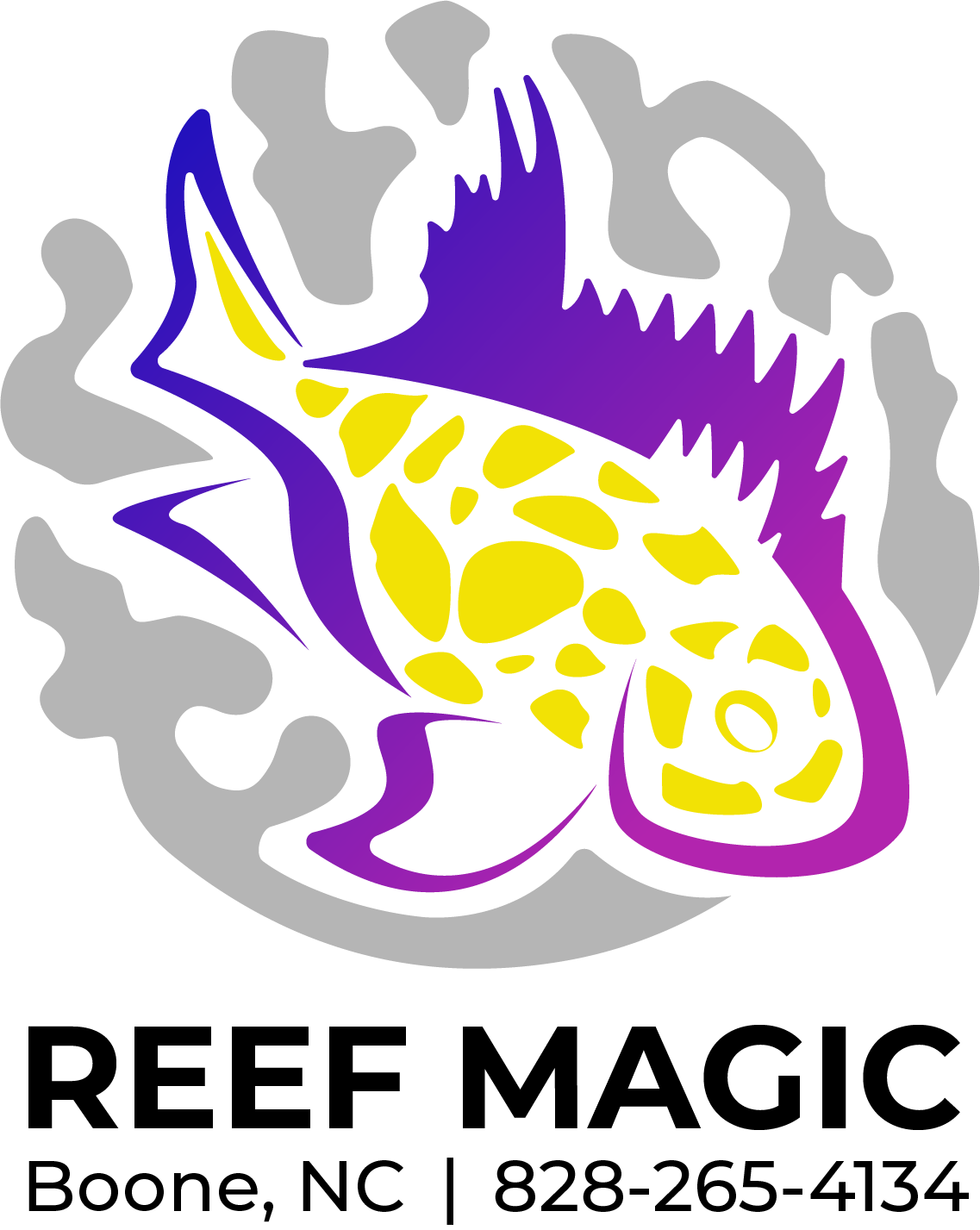 Image 1 of 1
Image 1 of 1


Shrimp- Bamboo Lg
Bamboo shrimp, also known as Wood shrimp or Asian filter feeding shrimp (Atyopsis moluccensis), are intriguing freshwater shrimp known for their filter-feeding behavior and peaceful nature. Here are the care requirements for bamboo shrimp:
Tank Requirements
Tank Size: Minimum of 20 gallons is recommended, as bamboo shrimp are relatively large and need space to filter-feed effectively.
Water Depth: They prefer deeper tanks (at least 12 inches) to utilize the water currents for filter feeding.
Substrate: Fine sand or smooth gravel substrate is ideal to prevent injury to their delicate feeding appendages.
Decor: Provide plenty of driftwood, rocks, and plants with broad leaves to create a natural environment and surfaces for feeding.
Water Parameters
Temperature: 72-82°F (22-28°C)
pH: 6.5-7.5
Hardness: 2-10 dGH
Ammonia/Nitrites: 0 ppm
Nitrates: < 20 ppm
Chlorine/Chloramine: Must be neutralized with a suitable water conditioner before adding shrimp.
Filtration and Water Movement
Filtration: Efficient filtration with gentle water flow is essential. Sponge filters or canister filters with adjustable flow rates are ideal.
Water Movement: Moderate water flow is preferred to ensure oxygenation and circulation without creating strong currents that may stress the shrimp.
Feeding
Filter Feeding: Bamboo shrimp are primarily filter feeders, using their fan-like appendages to capture microscopic food particles from the water column.
Natural Diet: They feed on algae, detritus, and microorganisms present in the water.
Supplements: Offer powdered or liquid commercial invertebrate foods formulated for filter-feeding shrimp. Alternatively, you can provide liquid foods like spirulina or green water to supplement their diet.
Behavior and Compatibility
Peaceful Nature: Bamboo shrimp are peaceful and non-aggressive, making them suitable tank mates for most community fish and shrimp species.
Tank Mates: Compatible with small, non-predatory fish such as tetras, rasboras, and small livebearers. Avoid large or aggressive fish that may harass or eat them.
Social Behavior: They are social and may benefit from being kept in small groups, but ensure there is enough space and food available for each shrimp.
Care and Maintenance
Water Changes: Regular water changes (10-20% weekly) to maintain water quality and remove accumulated waste and nitrates.
Observation: Monitor their behavior and appearance regularly for signs of stress or illness. Healthy bamboo shrimp are active filter feeders.
Molting: Provide a stable environment with adequate calcium levels and hiding places to support molting, as molting is a vulnerable period for shrimp.
Acclimation
Acclimation: Slowly acclimate them to your tank’s water parameters using the drip acclimation method to minimize stress.
Additional Tips
Cover Openings: Ensure aquarium lids are secure as bamboo shrimp may attempt to escape if they feel threatened or if water conditions are not suitable.
Copper Sensitivity: Like all shrimp, bamboo shrimp are sensitive to copper. Avoid using medications or water treatments containing copper.
By providing bamboo shrimp with a well-maintained environment, appropriate filtration, and a supplemental diet for filter feeding, they can thrive and contribute to the health and cleanliness of your freshwater aquarium setup.
Bamboo shrimp, also known as Wood shrimp or Asian filter feeding shrimp (Atyopsis moluccensis), are intriguing freshwater shrimp known for their filter-feeding behavior and peaceful nature. Here are the care requirements for bamboo shrimp:
Tank Requirements
Tank Size: Minimum of 20 gallons is recommended, as bamboo shrimp are relatively large and need space to filter-feed effectively.
Water Depth: They prefer deeper tanks (at least 12 inches) to utilize the water currents for filter feeding.
Substrate: Fine sand or smooth gravel substrate is ideal to prevent injury to their delicate feeding appendages.
Decor: Provide plenty of driftwood, rocks, and plants with broad leaves to create a natural environment and surfaces for feeding.
Water Parameters
Temperature: 72-82°F (22-28°C)
pH: 6.5-7.5
Hardness: 2-10 dGH
Ammonia/Nitrites: 0 ppm
Nitrates: < 20 ppm
Chlorine/Chloramine: Must be neutralized with a suitable water conditioner before adding shrimp.
Filtration and Water Movement
Filtration: Efficient filtration with gentle water flow is essential. Sponge filters or canister filters with adjustable flow rates are ideal.
Water Movement: Moderate water flow is preferred to ensure oxygenation and circulation without creating strong currents that may stress the shrimp.
Feeding
Filter Feeding: Bamboo shrimp are primarily filter feeders, using their fan-like appendages to capture microscopic food particles from the water column.
Natural Diet: They feed on algae, detritus, and microorganisms present in the water.
Supplements: Offer powdered or liquid commercial invertebrate foods formulated for filter-feeding shrimp. Alternatively, you can provide liquid foods like spirulina or green water to supplement their diet.
Behavior and Compatibility
Peaceful Nature: Bamboo shrimp are peaceful and non-aggressive, making them suitable tank mates for most community fish and shrimp species.
Tank Mates: Compatible with small, non-predatory fish such as tetras, rasboras, and small livebearers. Avoid large or aggressive fish that may harass or eat them.
Social Behavior: They are social and may benefit from being kept in small groups, but ensure there is enough space and food available for each shrimp.
Care and Maintenance
Water Changes: Regular water changes (10-20% weekly) to maintain water quality and remove accumulated waste and nitrates.
Observation: Monitor their behavior and appearance regularly for signs of stress or illness. Healthy bamboo shrimp are active filter feeders.
Molting: Provide a stable environment with adequate calcium levels and hiding places to support molting, as molting is a vulnerable period for shrimp.
Acclimation
Acclimation: Slowly acclimate them to your tank’s water parameters using the drip acclimation method to minimize stress.
Additional Tips
Cover Openings: Ensure aquarium lids are secure as bamboo shrimp may attempt to escape if they feel threatened or if water conditions are not suitable.
Copper Sensitivity: Like all shrimp, bamboo shrimp are sensitive to copper. Avoid using medications or water treatments containing copper.
By providing bamboo shrimp with a well-maintained environment, appropriate filtration, and a supplemental diet for filter feeding, they can thrive and contribute to the health and cleanliness of your freshwater aquarium setup.






